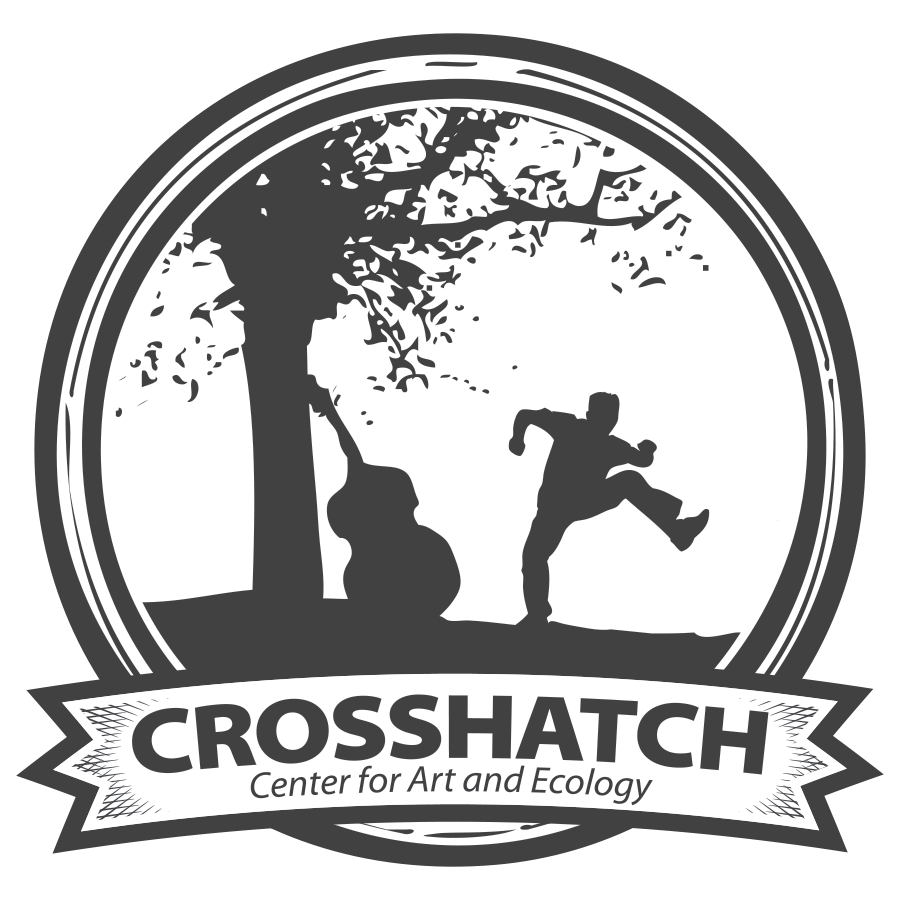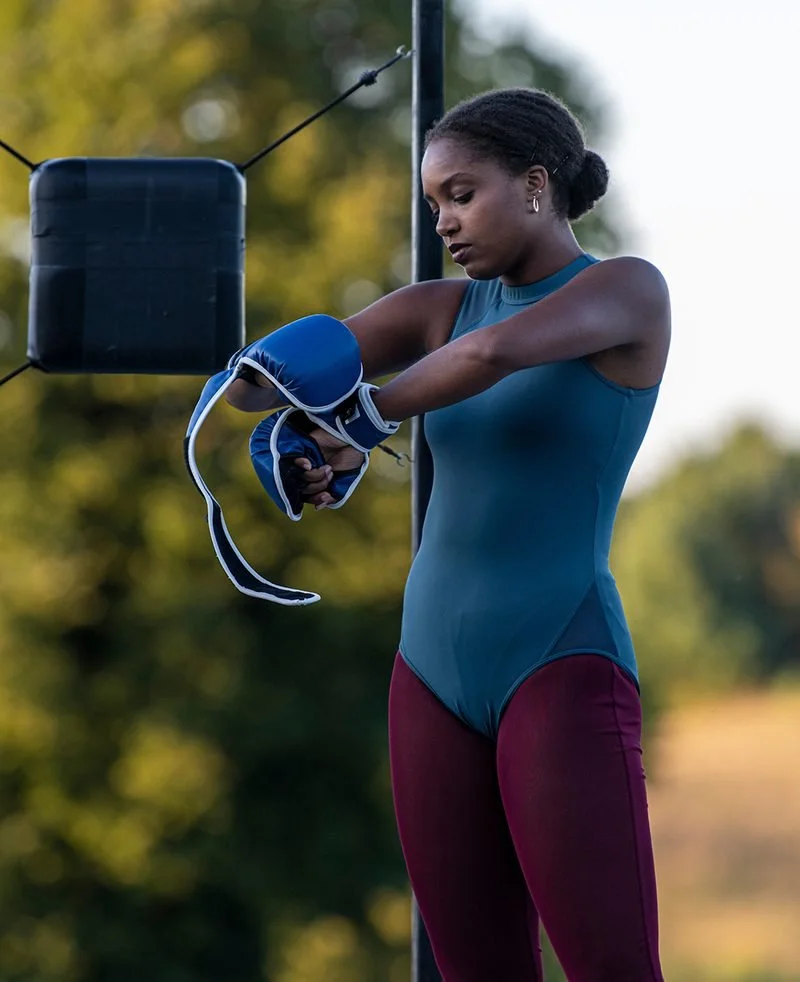Volume 01 • Issue 05 • Super Full Moon • July 13th, 2022
In This Issue: Plastic, Community, Recycling, Housing
Good Walls
by Taylor Reed || 1,053 words (5 minute read)
How do we respond when a service we rely on goes away? Residents of Taos, New Mexico, faced that question in 2020 after the town announced that plastic recycling had become too expensive to continue. Taos isn’t alone; with China refusing to accept recycling from the US, and a waste transfer station in our own Antrim County closing because of unaffordability, recycling as we know it is in peril. As these services decline or disappear, what are our choices?
Additionally, the existence of operational recycling facilities doesn’t fix everything. Many plastics that qualify for recycling and even ones put in the recycling bin are not, due to limited capacities of facilities, unwashed materials, the cost involved and the lack of markets for recycled plastic. The buildup and storage of this recyclable waste material, along with all that couldn’t be recycled in the first place, leads to degraded land due to the leaching of microplastics. These microscopic bits of plastic persist in the soil and end up in food chains and aquifers. These sources of contamination in the United States have historically been concentrated in low-income areas, and in Black and brown communities in particular. This inequality is mirrored internationally as well. Plenty of waste, including recycling, ends up in impoverished nations that lack the infrastructure to manage it. These trends raise another question—even if recycling as we know it is available, is it our best choice?
With recycling services shut down and no conception of a responsible long-term solution, Taos families began stuffing their plastic into garbage bags and tossing them into their garages to sit. As the waste built up, members of the community met together to discuss alternatives, and an individual proposed a radical idea: using the waste to build—literally build—with. He had experimented with combining framing techniques used in seawalls and erosion barriers with compressed plastics, and thought that the town’s problem might show itself to be an opportunity.
TiLT shed constructed from recycled plastic. Photo from Jesse Moya/Taos News.
Local organization TiLT (Taos Initiative for Life Together) took the project on and christened it the Repurposing Plastic Project. They began to accept the community’s rinsed plastics at a storage unit drop-off location, confirm they were dry and clean, and crush them under foot. They further compacted this material into infilling for walls—sixteen-foot-long cattle panels wrapped with chicken wire—by jumping up and down on it. These wall sections were then laid like giant bricks into a framed-in wooden structure, and then overlaid with stucco to prevent the exposure to sun and wind that would cause off-gassing. A traditional roof was added. The result: a simple toolshed that looked like any other adobe building. Word spread and not long after, the team was hired to build windbreaks, walls and benches at the local farmers’ market…
The Warp — Ideas and Inspiration
|| 1 || I stumbled upon Precious Plastic while looking into local options for repurposing plastic waste. It’s a global, open-source plastic repurposing network of learning, making and doing—free, grassroots-driven, and responsive to accessible, small-scale, regionally-tailored solutions. Their goal is to equip individuals and organizations for creative, hands-on work transforming the problem of plastic waste into a useful resource. What sounds best—starting a plastic-collection site? Learning to build a shredding machine? Designing an extruder or form to produce something needed? Here’s a video about the project. This is a webpage introducing the process. And here’s a library for learning. All of these resources come from One Army, who are applying open-source principles to phones, clothing, community and home design and other fundamental practices.
|| 2 || While I’m excited about the idea of repurposing plastic, I do have concerns and don’t yet think it’s an option that will solve the buildup of waste plastic anytime soon.
Kevin Finney, a Southwest Michigan craftsman, scholar and “unusual transplant in Indian country,” shares his thoughts on the woven black ash corn-washing basket in this video interview, entitled We’ve Already Been Through the Apocalypse. Included: cradle-to-grave thinking, the long-development that perfects a design, and this:
…If I was a lawmaker and I could pick out one law, I would have a law that everyone would have to keep whatever garbage they produce on their own land… You go to the gas station, you buy the candy bar. Oh, the Snickers bar; looks great. You bring it home and you’re like “Where am I going to put the wrapper? Under the bush? In the cupboard? Three weeks later you’re going to start making different decisions, because we imagine that it all goes away, but it doesn’t. That Snickers wrapper is there for six-thousand years.
|| 3 || One exciting prospect about the Repurposing Plastic project is the potential for creating future housing—meeting a core human need and improving generational stability. Another group aiming to address those needs, Southern California’s Quail Springs Permaculture, recently shared the writing Why Natural Building is Important for our Future. It’s a bit of a teaser for their upcoming online natural building course, but it also covers things like the ubiquity of natural building and its disappearance in many places, and the slow, expensive work it takes to shift building codes (which they’re engaging in).
Closer to home, Deanne Bednar offers workshops and internships involving natural building and other sustainable skills in Southwest MI at the Strawbale Studio, while BARC’s new De/Re Construction project aims to “serve the Grand Traverse area by building affordable Tiny Homes using locally reclaimed materials, reducing landfill construction waste while combating our housing crisis at the same time.”
The Weft — News and Events
|| 1 || Upcoming Preservation Station Events:
A. Saturday, July 16th, 8-11am. Food Preservation Demonstration at the Sara Hardy Farmers Market. Come meet “Blanch,” your community food preservation kitchen on wheels, and Crosshatch program coordinator, Daniel, for a demonstration of various home preservation methods for seasonal foods as well as shopping suggestions for what’s in season and affordable for at-home preservation.
B. Thursday, July 21st, 3-5pm. Pickling to Preserve: Fermentation and Quick Pickling Compared at the SEEDS Farm at Historic Barns Park. Come learn about the difference between quick vinegar pickling and lacto-fermentation, and taste the difference! We’ll sample a variety of pickled vegetables, not just pickled cucumbers, prepared both ways: through vinegar brining and lacto-fermentation. You'll walk away with a collection of recipes and food preservation resources for easy options you can make in your home kitchen—time-tested methods to store high-quality local vegetables while they’re in season, abundant and at lower cost.
|| 2 || Please join us for a special pre-screening of the 13-minute short mini-documentary film The Cooks’ House from a new series entitled On the Table: Stories of Food and Change. Filmed and produced in Northwest Lower Michigan, On the Tableis made possible by a grant from Michigan Humanities and is produced by Robert George, Becky Tranchell, and Mia Hagerty, with fiduciary support from the Groundwork Center for Resilient Communities. Find more info and register here.
|| 3 || With just two days remaining in the Patronicity campaign, we've got our eyes set on a $15,000 stretch goal to be matched 100% by the Green Brick Foundation.
This money is not "extra"—it's part of a larger fundraising lift that includes support from Impact 100 TC and Rotary Charities of Traverse City, as well as private investment from Jeff Haas and others, as well as financing to cover any gaps.
These stretch goal campaign dollars are being directed to the parts of our budget that support artists directly, including green room amenities, a piano and other backline instruments for touring musicians, and direct support in commissioning new visual art installations in the building.
Plenty of rewards remain, including VIP tickets to the opening concert, chairs named for you or a loved one, exclusive one-time-only swag and lots more. Contributions start at $25, and we love to see folks giving what they are able to build a broad base of community support for this venue. Donate, share, and learn more about what this powerful initiative can do for our community at patronicity.com/tc.
|| 4 || The Edible Trails Project will be hosting a Celebration of Life in memory of Jonathan Aylward on Sunday, July 17th at 2pm at DeYoung Natural Area. Find additional details here.
|| 5 || Traverse City Dance Project is returning to the Crosshatch meadow! The program features a stellar cast of eight professional dancers from national and international companies, including Traverse City natives Sarah Wolff and Gabriella Dorman. This year, TCDP will feature four works, including new creations by directors Jen Lott and Brent Whitney, and a staging of Italian-born Mauro de Candia’s Something I Had in Mind. TCDP originally presented this playful balletic comedy as part of their very first season in 2012.
The evening will also feature live music—a collaboration by former Alonzo King LINESdancer and rehearsal director Kara Wilkes and celebrated Kalamazoo-based cellist and vocalist Jordan Hamilton. Hamilton and Wilkes are recipients of the TCDP’s 2022 NewVo Fellowship, which supports new creations by choreographers and composers. The NewVo Fellowship is made possible by a seed grant from Rotary Charities of Traverse City.
Scheduled date: Wednesday, August 3rd at 7 pm, with a rain date of Friday, August 5th. Tickets are available on a sliding scale from 0 to $20. (We can’t link directly to the tickets, so start here instead.)
Copyright (C) 2022 Crosshatch. All rights reserved.






